Sodium Aluminum Fluoride Sputtering Target Description
Sodium, designated by the symbol “Na,” is a chemical element derived from the English word ‘soda’ (or ‘natrium’ in Latin). It was first identified in 1807 by H. Davy, who also accomplished its isolation. Sodium is positioned as the 11th element on the periodic table, located in Period 3 and Group 1 within the s-block. The atomic mass of sodium is precisely 22.98976928(2) Dalton, with the numbers in parentheses indicating the level of uncertainty associated with this measurement.
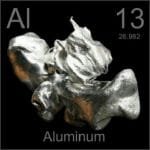 Aluminium, also known as aluminum, is a chemical element with the symbol “Al.” Derived from the Latin name for alum, ‘alumen’, which means bitter salt, it was first identified in 1825 by H.C. Ørsted, who also achieved its isolation. Aluminium is positioned as element number 13 on the periodic table, located in Period 3 and Group 13 within the p-block. The atomic mass of aluminium is 26.9815386(8) Dalton, with the numbers in parentheses reflecting the uncertainty of this measurement.
Aluminium, also known as aluminum, is a chemical element with the symbol “Al.” Derived from the Latin name for alum, ‘alumen’, which means bitter salt, it was first identified in 1825 by H.C. Ørsted, who also achieved its isolation. Aluminium is positioned as element number 13 on the periodic table, located in Period 3 and Group 13 within the p-block. The atomic mass of aluminium is 26.9815386(8) Dalton, with the numbers in parentheses reflecting the uncertainty of this measurement.
Fluorine, also referred to as fluorin, is a chemical element that originated from the Latin word ‘fluere’, meaning to flow. It was first identified in 1810 by A.-M. Ampère and later isolated by H. Moissan, who also announced this achievement. The symbol for fluorine on the periodic table is “F”. It has an atomic number of 9, is located in Period 2 and Group 17, and belongs to the p-block. The relative atomic mass of fluorine is 18.9984032(5) Dalton, with the number in brackets indicating the measurement’s uncertainty.
Sodium Aluminum Fluoride Sputtering Target Application
The Sodium Aluminum Fluoride Sputtering Target is employed across a broad spectrum of industrial applications. It is essential for thin film deposition processes and is used in decoration, semiconductor manufacturing, display production, LED creation, and photovoltaic device development. Additionally, it is instrumental in producing functional coatings used in the optical information storage industry. This target also finds applications in the glass coating industry, which includes coatings for automotive and architectural glass, as well as in optical communication sectors.
Sodium Aluminum Fluoride Sputtering Target Packing
Our Sodium Aluminum Fluoride Sputter Targets are meticulously tagged and labeled externally to facilitate efficient identification and maintain strict quality control standards. We take extensive precautions to shield these targets from any potential damage that could occur during storage or transportation, ensuring they arrive in optimal condition.
Get Contact
TFM offers Sodium Aluminum Fluoride Sputtering Targets in various forms, purities, sizes, and prices. We specialize in high-purity thin film deposition materials with optimal density and minimal grain sizes, which are ideal for semiconductor, CVD, and PVD applications in display and optics. Contact Us for current pricing on sputtering targets and other deposition materials that are not listed.


 MSDS File
MSDS File

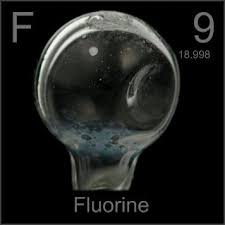
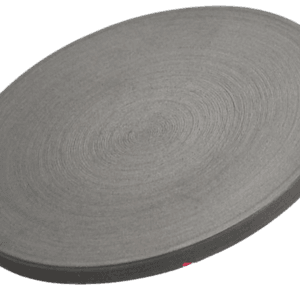
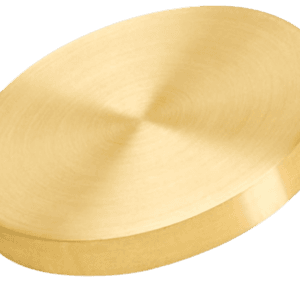
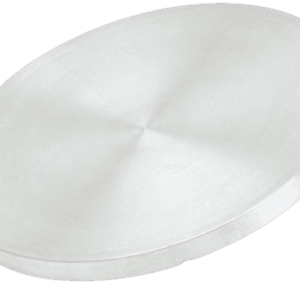
Reviews
There are no reviews yet.